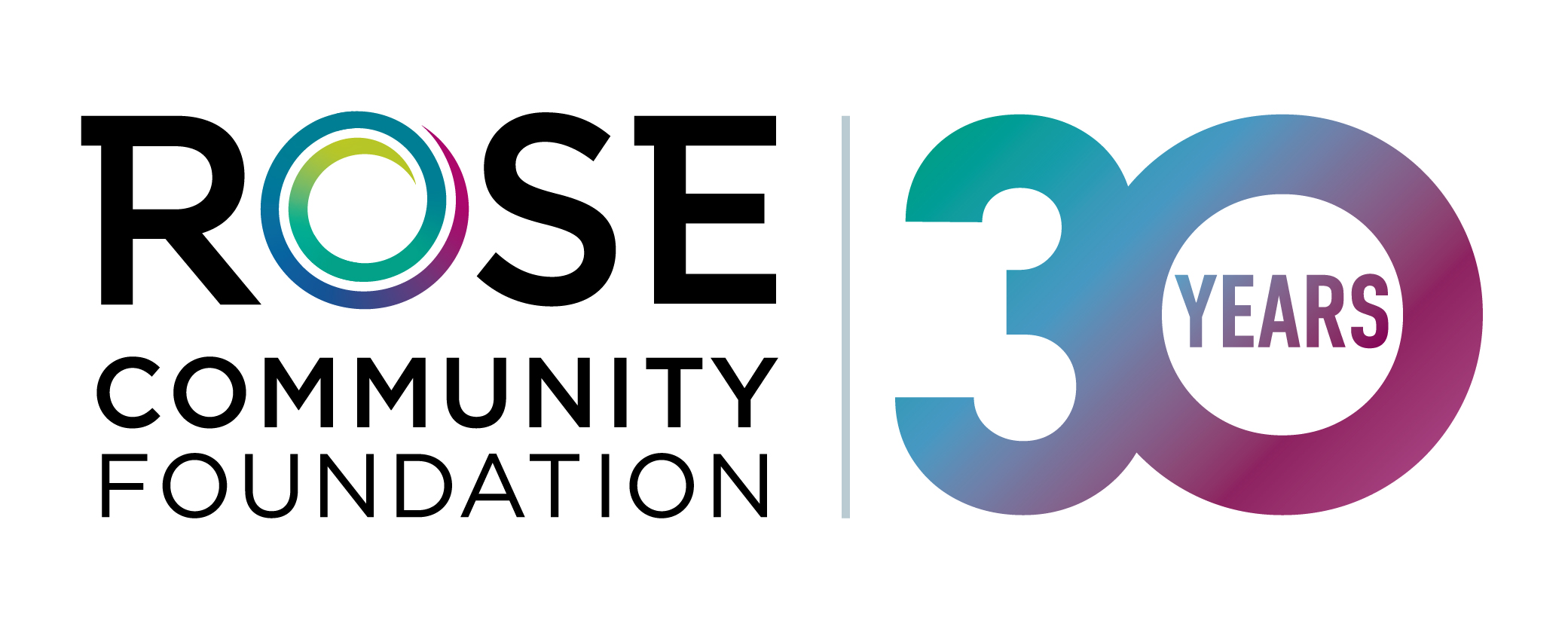Across the board, individuals, employers and charitable organizations are celebrating the recent House passage of the Securing a Strong Retirement Act of 2022 (House Bill 2954, known as the “SECURE Act 2.0”) by an overwhelming vote of 414 to 5. The legislation is headed to the Senate (which has its own, similar version of the legislation) before it becomes law. All indications are that a very similar version will pass in the Senate. The Senate Finance Committee recently passed a version of the SECURE Act 2.0 which, most notably, would increase the required starting age for required minimum distributions (RMDs) to 75. This will now be headed to a House-Senate reconciliation panel.
Recall that through a Qualified Charitable Distribution (QCD), starting at age 70½, individuals can instruct the administrator of an IRA to direct up to $100,000 per year to a qualified charity. This can help their tax situation because they do not need to report the amount of the QCD as taxable income.
Four important reminders about QCDs:
- Even though the original SECURE Act changed the Required Minimum Distribution (RMD) age to 72 from 70 ½, the QCD age is still 70 ½.
- QCDs cannot be made to donor-advised funds, but you can set up a field-of-interest or gift to the unrestricted fund at Rose Community Foundation to receive a QCD.
- Under a version of the proposed SECURE Act 2.0 legislation, QCDs would be indexed for inflation. In addition, proposed legislation would allow individuals to make a one-time QCD of up to $50,000 to a charitable remainder trust or other split-interest entity, such as a charitable gift annuity.
- It is important that individuals coordinate their QCDs with their Required Minimum Distributions. Proper planning will help avoid troublesome tax pitfalls.
Here are answers to questions you may be asking:
What’s going on with updates to the charitable giving components proposed in the SECURE 2.0 Act?
Right now, SECURE 2.0 includes a provision that would index the $100,000 QCD allowance for inflation and also expand the technique to allow for a one-time transfer of $50,000 to a charitable remainder trust or other split-interest vehicle. But those enhancements are not the law, yet. Overall, the legislation appears to stand a good chance of becoming law. Still, a lot can happen as the House and Senate reconcile their respective bills before the legislation heads to President Biden for signature.
So what should I know about the potential changes to the Qualified Charitable Distribution rules?
For individuals who are seriously considering a QCD, it may be worth mentioning these potential enhancements. But in general, it’s usually more confusing than helpful to bring up pending legislation, no matter how exciting. Instead, consider placing your focus on the QCD rules as they currently stand. The QCD already is a strong planning tool.
When should I reach out to Rose Community Foundation for help with QCDs?
The answer is, anytime! Rose Community Foundation can help establish a qualifying fund to receive your Qualified Charitable Distribution, regardless of whether the SECURE 2.0 enhancements become law. The recipient fund can’t be a donor-advised fund, but there are other very effective options.
With interest rates rising, are there particular techniques that those who are planning for retirement and are charitable inclined should be considering?
Yes. Now is a good time to consider charitable gift annuities. A charitable gift annuity, like any other annuity, is a contract. You agree to make an irrevocable transfer of cash or assets to a charitable organization. In return, the charitable organization agrees to pay you (or your designated beneficiary) a fixed payment for life. You are eligible for an immediate income tax deduction for the present value of the future amount passing to charity.
What if I need the tax deduction this year but won’t be retiring for several years?
Charitable gift annuities offer flexibility, in that you may choose to structure the contract as a “deferred gift annuity,” meaning that you start receiving payments at a future date (or upon a future event such as retirement), rather than immediately while your effective income tax rate may still be high. In this way, the charitable gift annuity can be a tax-savvy component of an overall retirement plan.
How do rising interest rates factor in?
Discussions about charitable gift annuities are especially timely because the American Council on Gift Annuities recently voted to increase the “rate of return assumption” used as guidelines for maximum payout rates. Effective on July 1, 2022, the return assumption will increase from 3.75% to 4.5%. This means that the Council’s suggested payout rates will be going up. That’s good news for individuals’ income stream.
What’s the bottom line on this?
The net-net here is that rising interest rates make the charitable gift annuity an even more attractive tool for those who want to combine charitable planning with retirement planning. Our team at Rose Community Foundation can help you evaluate this option to determine if it is a good fit for you.
Please reach out to Judy Altenberg, director of donor funds and legacy giving, to learn more about QCDs and how you can establish a fund to support financial and tax goals as well as charitable giving goals.

